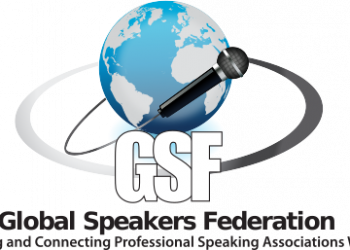
As a brand passionista, I enjoy finding analogies between corporate brands and individual leadership brands. With that in mind, here is a favorite that will help you determine whether the “experience” of working for you is what you want it to be. (I doubt it will take long to figure out which corporate brand I’m talking about.)
If you had invested $10,000 in this company when it first went public in 1992, your investment would be worth more than $2,000,000 today. This famous company currently has approximately 24,000 stores located in over 70 countries.
If you haven’t guessed it yet, this should help: Every morning, millions of people start their day by visiting one of this company’s outlets for their favorite cup of java.
Yes, indeed, it’s Starbucks. Now, a lot (and I mean a lot) has been talked about, written about, and discussed about the Starbucks brand—and for good reason. Starbucks became the game-changer for the centuries-old, staid coffee industry. But what can Starbucks’ branding success teach you about your own brand as a leader? What follows is an analogy originally based on a Brandweek magazine article (with updated statistics to reflect today’s prices):
· Coffee, when it is in its natural bean state, is a commodity that sells for about 3 to 5 cents per cup.
· Add packaging and a brand name to that coffee, place it on a grocery store shelf, and the price of that coffee rises to 10 to 50 cents a cup.
· That coffee, offered up with service and a smile (say, at a Dunkin’ Donuts), increases the price to about $1-$2 a cup.
· Then there’s Starbucks, which sells its coffee worldwide for anywhere from $4 to $8 a cup.
Imagine—people flock there by the millions to spend four times more for a cup of coffee than anywhere else. How does Starbucks get us to spend so much more of our hard-earned cash—and feel good about it while we’re doing it? Because it offers its consumers so much more than just taste; it provides a rewarding coffee experience.
At Starbucks, we’re paying for the pleasure of taking a break during the day, watching the skilled baristas concoct our favorite choca-locca-mocha-frocha (I can never get those names right), or enjoying a relaxing chat with friends after a night out.
That’s what differentiates Starbucks from the dozens of other coffee brands out there and what has built such strong brand loyalty through the years, despite its higher price tag. So, what does this demonstrate?
People will pay more for a superior experience.
Applying this truth to your own brand as a leader within your organization means that, if you want to earn more money, advance in your career, and rise to positions of greater responsibility, you must think about the experience YOU™ offer as a leader. And that experience will be greatly impacted by your self-leadership skills – no matter how much you believe you’ve developed your people-leadership skills.
That brings us to the key question: What is it like to work with you, honestly?
I have found that this powerful question often stops people like a brick wall. We don’t normally think about ourselves from this perspective. But it’s important to take the time to reflect on this question – and the questions that follow – and to be honest with yourself:
– What is the experience of working with you?
– What would it be like to have you as a boss… a colleague… a fellow Board member?
– What is the best part of having you as a leader? The worst part?
– And, most importantly, what are your plans to improve that overall experience?
The experience of working for you impacts everything in your workplace, so knowing the answers to the above questions is fundamental to your success as a self-leader. Place yourself in others’ shoes, and ask: What is the experience of working with YOU?


